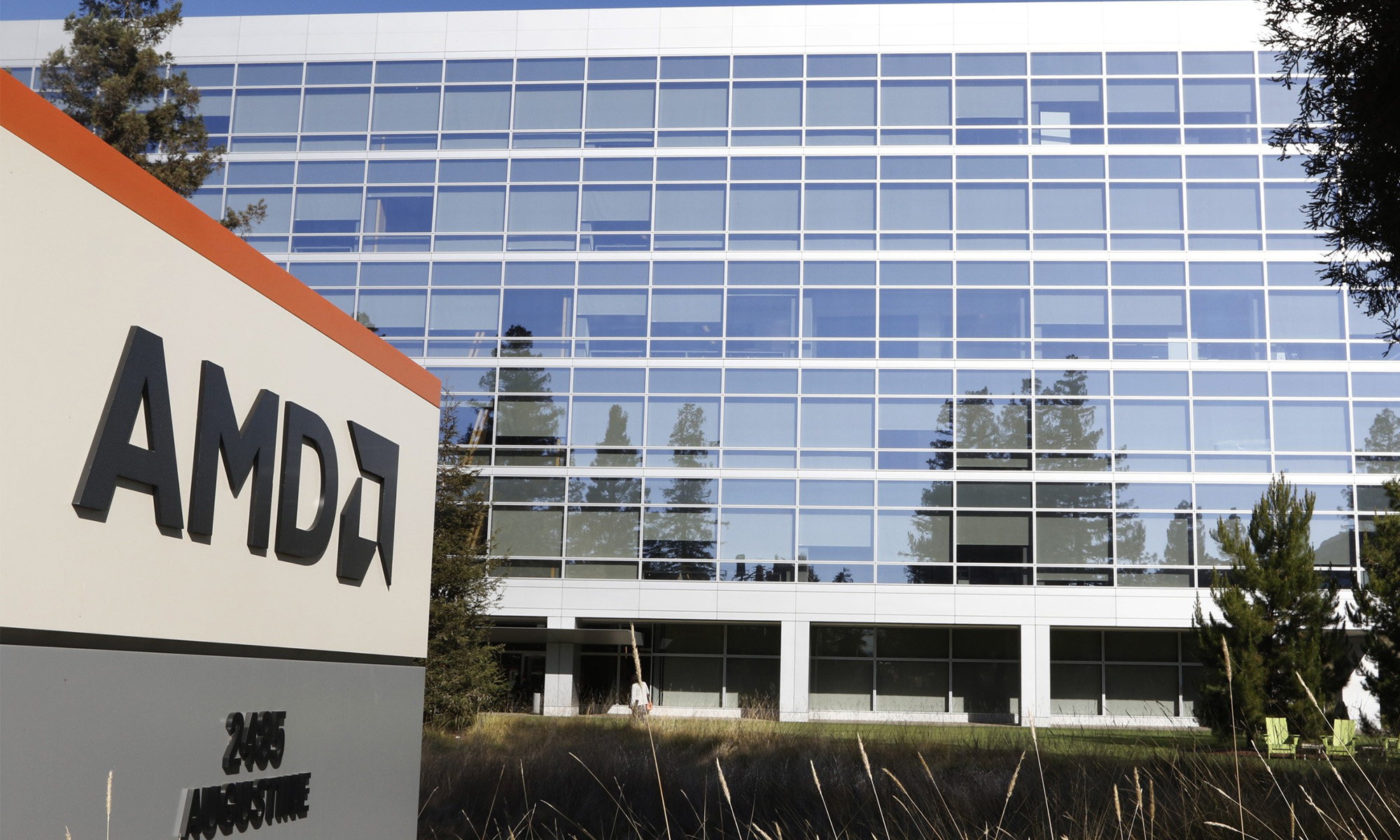At Computex 2014 this week, Advanced Micro Devices (AMD 1.10%) announced the mobile variant of a chip known as Kaveri. This is targeted at traditional notebooks, as well as thin and light Ultrabook-type designs. While the initial performance previews look interesting, the reality is that Kaveri -- like the company's prior generation Trinity and Richland designs -- don't fundamentally change the competitive landscape and is unlikely to drive share gains against the company's chief rival, Intel (INTC 0.03%), in notebooks.
Fast graphics, weak CPU performance, and unknown power consumption
In looking at the AnandTech performance preview of this platform, it's clear that mobile Kaveri has the following characteristics:
- Lower CPU performance than comparable Intel systems.
- Faster graphics performance than comparable Intel systems.
- Unknown power consumption/battery life.
While there is no question that AMD's parts will appeal to gamers who want more graphics performance than Intel's integrated graphics provide, the problem is that gamers interested in high performance will simply buy a notebook with a discrete GPU. By far the more important considerations in high-volume notebook platforms are power consumption, general-purpose CPU performance, and the efficiency of the entire platform (which goes a long way to driving better battery life).
Notably missing in the mobile Kaveri previews are power consumption and battery life tests; until we have a clearer picture of exactly how AMD stacks up there, the performance numbers are of limited value. Do note, however, that AMD's quoted thermal design power, or TDP, numbers (19 watts for the highest-performance low-power SKU, 17 watts for the lower-performing systems) do not include the power consumed by the external platform controller hub chip, while Intel's low-voltage Haswell power rating (15W) includes that separate chip.
The elephant in the room: Broadwell
AMD is announcing mobile Kaveri today, presumably with the intention of getting chips into systems for the back-to-school season. If the platform is competitive on power consumption and battery life, it could find its way into a number of good designs. That said, over the last several years, AMD has promised great things for its low-power notebook platforms only to continue to lose share. Maybe this year will be different, but investors should wait to see the initial design win traction before setting expectations too high.
A major headwind to mobile Kaveri's success, however, is that Intel is preparing to roll out its Broadwell products. These will be built on Intel's 14-nanometer FinFET process, sport an entirely new graphics block (which could neutralize some of AMD's edge), and be suitable for fanless designs. While mobile Kaveri will have a window of opportunity to capitalize on the fact that mobile Broadwell systems probably won't be on the shelves until the fourth quarter, the current-generation Intel Haswell is still more than competitive everywhere (CPU, battery life, platform power optimization) but graphics.
Foolish takeaway
While Kaveri is a valiant effort, it's tough to see how this product fundamentally changes AMD's competitive position. Intel still has the edge for low-power, battery life-focused products, and it offers better CPU performance to boot. Still, while it's hard to be optimistic about Kaveri, investors should keep a close eye to see if this product can actually win meaningful designs and ultimately help stabilize the company's PC chip revenue.







